CONSISTENT NVME
Non-volatile Memory Express (NVMe) is a novel technology that some M.2 drives employ. This blisteringly fast new bus type, like contemporary graphics cards, makes use of the motherboard’s PCIe data transfer lanes. When linked through PCIe, M.2 SSDs can achieve read and write speeds of over 4,000MB/s.
It’s critical to remember that NVMe is a protocol, not a connection type, that uses a pre-existing PCIe connection. For the sake of brevity and simplicity, NVMe protocols are commonly referred to as connections. The small size and great performance of NVMe drives have marked a significant advancement in storage technology, and they’re swiftly becoming the norm on current devices. With each new generation of NVMe SSDs, storage capacity and transfer speeds increase. Newer motherboards can even support several NVMe devices, obviating the need for connections entirely.
While 2.5-inch SSDs utilise the SATA bus, which was first introduced in 2000 and was designed for hard drives, and add-in cards use the PCIe bus, which is quicker and has more bandwidth than SATA, M.2 SSDs can use either. Furthermore, some of the fastest and greatest SSDs make advantage of the NVMe interface, which was designed specifically for fast storage devices.
How does NVMe speed compare to SATA?
The maximum throughput of SATA III, which is utilised on recent motherboards, is 600MB/s (or 300MB/s for SATA II, in which case it’s time to upgrade). Over that connection, most SSDs will achieve read/write speeds of roughly 530/500 MB/s. In comparison, a 7200 RPM SATA disc can handle around 100MB/s, depending on its age, condition, and fragmentation level.In contrast, NVMe SSDs can write at speeds of up to 3500MB/s in Gen 3 and 5000MB/s in Gen 4. That’s a 7-fold increase over SATA SSDs and a 35-fold increase over spinning HDDs!
So, which of the two options is best for you? NVMe drives are definitely worth investigating, especially if your application is hard drive intensive or requires frequent hard drive reads/writes, especially given how low the pricing has plummeted.Since this article was first published in 2017, flash memory prices have continued to plummet. If you haven’t upgraded yet, this is the best time to do so! SATA SSDs are now just slightly more expensive than HDDs of similar capacities, therefore now is the time to upgrade if you haven’t already.
How fast is an NVMe SSD?
As seen in the bullets below, the original version of the PCIe Gen 3.0 NVMe M.2 SSD drive considerably improved read/write performance when compared to ordinary SATA III devices. The PCIe Gen 3 NVME read performance outperformed SATA III by 483 percent, while the upcoming PCIe Gen 4 NVMe devices (expected out in mid-2020) are 1,067 percent faster.
In high-level detail, the SPEC for each of the drive types available as of October 2020 is provided below:
Traditional 7200 RPM HDD: 160 MB/s
SATA III SSD: 600 MB/s
PCIe Gen 3.0 NVMe M.2 SSD: 3500MB/s Sqq. reads – 3300MB/s Seq. writes – available mid-2018
PCIe Gen 4.0 NVMe m.2 SSD: 7000MB/s Seq. reads – 5000MB/s Seq. writes – available mid-2020
A solid-state drive, or SSD, is a type of computer storage device. This non-volatile storage medium uses solid-state flash memory to store persistent data. Traditional hard disc drives (HDDs) are being replaced in computers by SSDs, which perform the same basic operations as a hard drive. SSDs, on the other hand, are substantially faster. The device’s operating system will boot up faster with an SSD, prog
In the world of computing, Solid State Drives (SSDs) have revolutionized data storage by offering faster speeds, more reliability, and increased efficiency compared to traditional hard drives. SSDs use flash memory to store data, which allows for quicker access and better performance. In this article, we’ll delve deep into the nuances of SSDs, explore different models available at consistent affordable prices, and discuss their impact on our daily computing needs.
Storage Capacities:
256GB: A good choice for everyday computing and light gaming; accommodates multiple applications and files.
SSDs have specific benefits in the following areas:
Business: SSDs are frequently used by companies that operate with large volumes of data (such as programming environments or data analysis), as access times and file transfer rates are crucial.
Gaming: Gaming computers have always pushed the boundaries of current computing technology, necessitating the purchase of very expensive hardware for the sake of gaming performance. This is especially true in terms of storage,
because modern blockbuster games are continually loading and writing files (e.g. textures, maps, levels, characters).
Mobility: SSDs have minimal power consumption, allowing laptops and tablets to enjoy longer battery life. SSDs are also shock-resistant, which means data loss is less likely when mobile devices are dropped.
Servers: In order to adequately service its client PCs, enterprise servers require SSDs for fast readings and writes.
NVMe SSD (Non-Volatile Memory Express SSD)
Interface: Utilizes the PCIe (Peripheral Component Interconnect Express) interface, which allows for faster data transfer.
Speed: Can achieve speeds exceeding 3,000 MB/s, with some models reaching over 7,000 MB/s, depending on the number of PCIe lanes.
Form Factor: Available in M.2 and U.2 formats; M.2 is compact and plugs directly into the motherboard, while U.2 is used for enterprise applications.
Use Case: Best suited for high-performance applications like gaming, video editing, and data-intensive tasks where speed is crucial.
What are the advantages of SSDs?
The benefits of SSDs over HDDs include:
Faster read/write speeds. Large files may be accessed fast with SSDs.
Quicker boot times and better performance. The drive is more responsive and delivers superior load performance because it does not need to spin up like an HDD.
Durability. Because SSDs do not have moving parts, they are more shock resistant and can withstand heat better than HDDs.
Power consumption. Due to the lack of moving parts, SSDs consume less power than HDDs.
Quieter. Because there are no moving or rotating parts in SSDs, they make less noise.
Size. HDD sizes are limited, whereas SSDs available in a range of form factors.

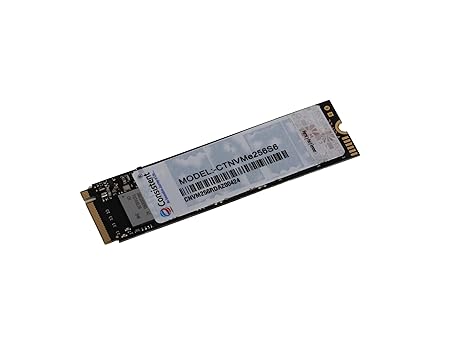
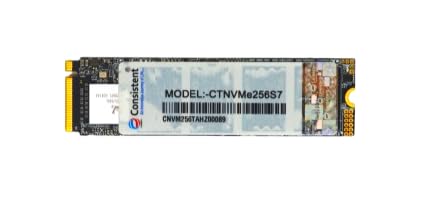
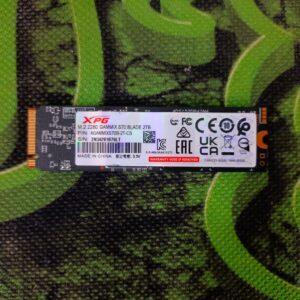
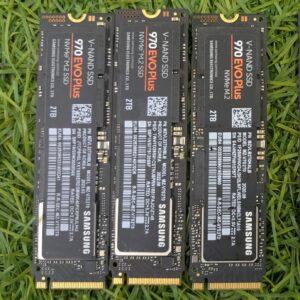
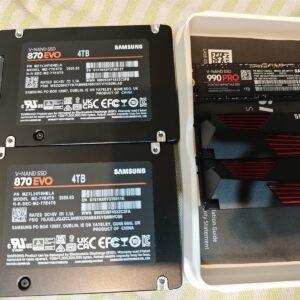
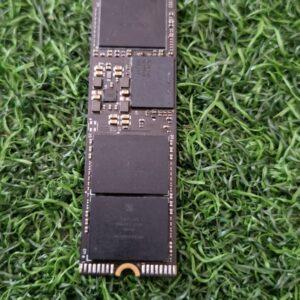
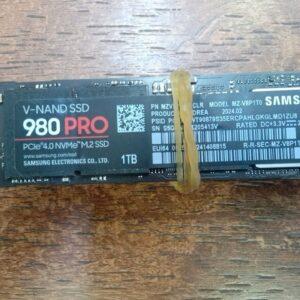
Reviews
There are no reviews yet.